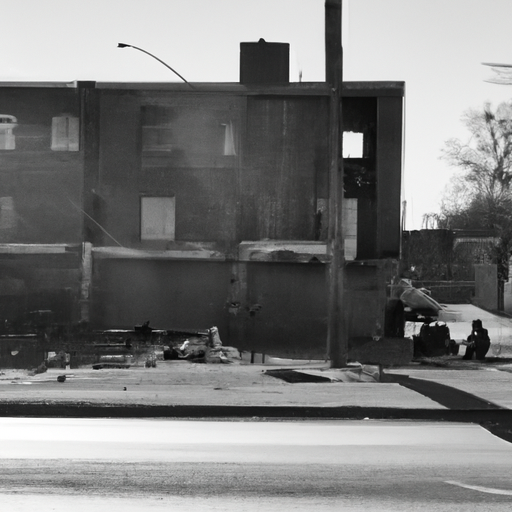The Canadian Opioid Crisis: A Call to Action
Canada faces an escalating public health crisis – what has become known as the opioid crisis. This is a rampant issue affecting all spheres of society, with major impact observed among the country’s homeless population and in numerous crime statistics.
Recently, the Ministry of Mental Health and Addictions released a press release presenting important information and discussing some potential solutions. Here’s an in-depth look into the multifaceted ways that the opioid crisis is damaging Canadian communities and the actions being taken to combat it.
Impact of the Opioid Crisis
Since 2016, British Columbia (B.C.) alone has seen a staggering number of over 5,000 opioid-related drug overdoses, as per reports from the BC Coroner’s Service. The majority are men, comprising over 80% of the total overdose deaths, with individuals from ages 30 to 59 most severely affected.
Furthermore, the opioid crisis is exacerbating problems of homelessness and adversely impacting community safety across the province. It is a humanitarian crisis which has rapidly escalated into a security issue. It is critical that we take robust measures to both mitigate this concerning trend as well as directly address its root causes.
The Epidemic Among the Homeless
The homeless population offers a striking perspective into the opioid crisis. Homeless individuals are disproportionately affected by opioid misuse and overdoses due solely to their circumstances, lacking access to basic health services, and social safety nets.
Moving Towards Solutions
The B.C. government recognizes this emergent issue and has undertaken several measures to combat it. In 2017, B.C. became the first province in Canada to declare the opioid crisis as a public health emergency. This has resulted in dramatically increased access to Naloxone—a medication used to block the effects of opioids, especially in overdose situations.
The Role of Naloxone
Naloxone has played a pivotal role in saving lives and reducing harm amidst the opioid crisis. To date, B.C. has distributed over 1.7 million take-home naloxone kits, and more than 65,000 kits have been reported used to reverse the effects of an overdose.
Canadian Opioid Abatement Class Action
Aside from these immediate measures, the B.C. government has initiated a bold, innovative step in their fight against the opioid crisis – the Canadian Opioid Abatement Class Action. B.C. aims to hold pharmaceutical companies accountable for their role in the irresponsible marketing of opioids, which is believed to have contributed significantly to the crisis.
Key Findings
- The opioid crisis in Canada has led to over 5,000 overdose deaths since 2016, majorly affecting men aged 30-59.
- The crisis is worsening homelessness and increasing crime rates across provinces.
- The declaration of the opioid crisis as a health emergency has heightened access to Naloxone, resulting in a large number of overdose reversals.
- The Canadian Opioid Abatement Class Action represents a pioneering effort to hold pharmaceutical companies liable for their role in the crisis.
In closing, the opioid crisis is a grave concern that demands our immediate attention. It is destroying lives, destabilizing communities, and burdening public health infrastructures. However, there are measures in place, and the fight is on. The distribution of Naloxone kits is proving effective in saving lives. Meanwhile, the Canadian Opioid Abatement Class Action is an encouraging stride towards making those responsible for the crisis accountable.
It’s essential for everyone, especially civic and community leaders, to learn, understand, and take decisive action against the opioid crisis. It is only through collective responsibility and action that we can hope to halt and reverse this devastating epidemic.
